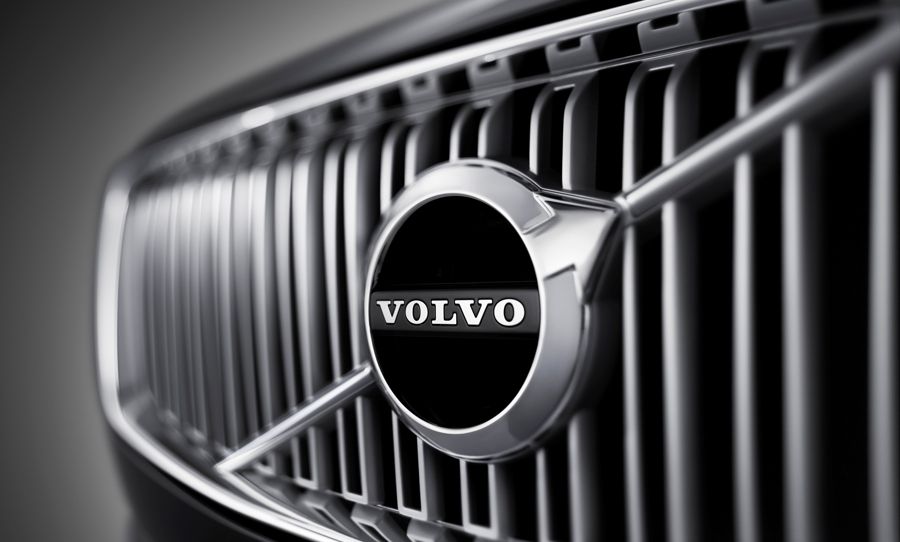
The all-new self-driving tech promises several impressive capabilities and a more widespread understanding of the car’s surroundings.
Electric vehicles have existed for a while, however, they never enjoyed adopting the mainstream due to customer concerns about battery range, battery life, and less number of charging stations. Many are companies are focusing on manufacturing and launching their electric vehicles, aiming to reduce carbon footprint. Moreover, EV has now become more affordable and appealing. Now, Volvo, a Swedish automotive company is collaborating with Waymo, an American autonomous driving technology development company to develop autonomous electric vehicles for ride-hailing services.
Initially, both Volvo and Waymo will integrate Waymo's fully autonomous technology named Waymo Driver. In April 2020, Waymo revealed its next-gen self-driving technology for autonomous vehicles, an eye toward the forthcoming future of autonomous vehicles with next-level reliability and safety. The all-new self-driving tech promises several impressive capabilities and a more widespread understanding of the car’s surroundings. The all-new system can spot stop signs and spot debris half kilometers up the road. The pair will develop a new EV platform that will incorporate the latest generation of Waymo Driver.
Moreover, recently, Volvo confirmed that LiDAR technology will be available in its autonomous vehicles from 2022. Volvo is collaborating with tech firm Luminar to offer their perception technology and industry-leading LiDAR for the company’s next-gen autonomous vehicles. With this deal, Waymo becomes an exclusive Level 4 autonomy partner for Volvo Group, which includes spin-off Polestar. The autonomous vehicles can drive themselves full-time under the right conditions, only calling for human assistance when required. This partnership is another example of tech companies, working closely with automakers established in the era of self-driving vehicles. Moreover, Mercedes-Benz and NVIDIA are developing a new computing architecture for a next-gen fleet of Benzes.






